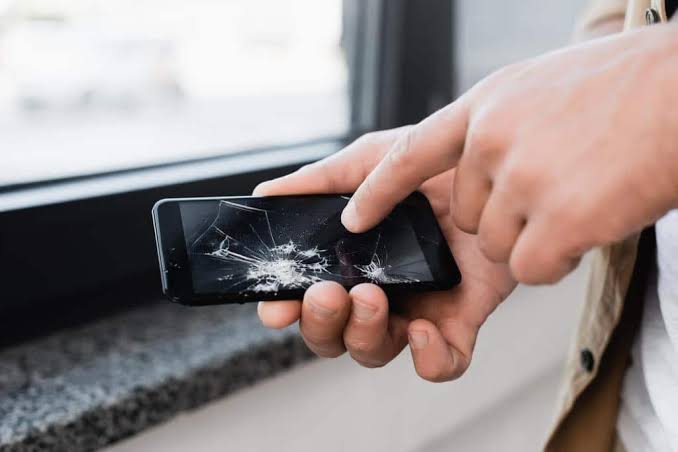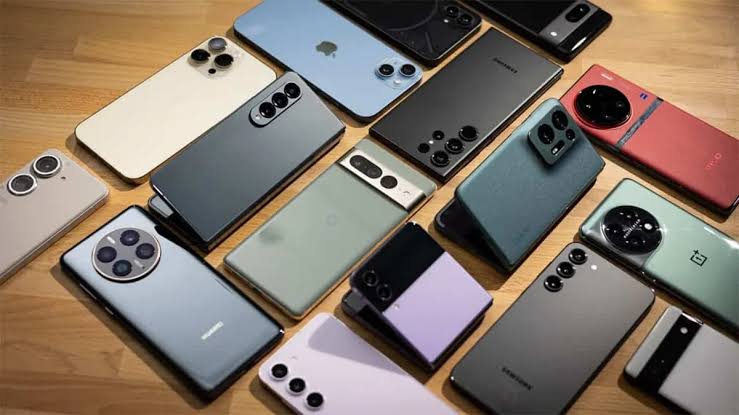Today, gadgets like smartphones, tablets, smartwatches, earbuds, and laptops are a big part of daily life. By July 2025, gadget prices have gone up, so it’s important to protect these valuable devices from damage and wear. Whether for work, study, fun, or health, keeping your device safe helps it last longer, work better, and saves money on repairs or replacements.
With advancements in device design and materials, many gadgets are now more resilient than before. However, no gadget is immune to cracks, scratches, spills, or drops. Accidental damage still ranks as one of the most common reasons for tech repairs globally. This article outlines practical and effective strategies to help you protect your gadgets and keep them functioning like new for as long as possible.
Use Protective Cases and Covers
One of the most basic but vital steps to protect any gadget is to use a high-quality case or cover. For smartphones and tablets, rugged cases with shock absorption are ideal for people who frequently drop their devices. In 2025, companies like OtterBox, Spigen, and UAG have released new lines of slim, durable cases that offer military-grade protection without adding bulk.
Laptop sleeves, hardshell covers, and keyboard protectors can safeguard against accidental drops, scratches, and food spills. For wearable devices like smartwatches, silicone bumpers and screen protectors prevent dents and cracks from accidental contact with hard surfaces. Even portable speakers and earbuds benefit from travel-friendly cases that cushion against impact and exposure to dust or water.
Apply Screen Protectors for Display Safety
Your gadget’s screen is one of its most vulnerable parts. A cracked or scratched screen can affect touch sensitivity and visibility. Screen protectors made of tempered glass or multilayered plastic can help absorb shocks and prevent cracks from forming during falls.
As of 2025, many screen protectors come with anti-glare and blue light filtering capabilities, reducing eye strain during long usage hours. For foldable gadgets and curved displays, flexible PET screen protectors provide coverage without compromising touch accuracy or clarity. Investing in screen protection is a small cost compared to the expense of a full screen replacement.
Avoid Extreme Temperatures
Gadgets are designed to operate within specific temperature ranges. Exposing them to extreme heat or cold can cause battery degradation, screen issues, and internal component failure. Leaving your smartphone in a hot car or using your laptop in direct sunlight for extended periods can lead to overheating.
Similarly, using gadgets in freezing temperatures may cause screens to become unresponsive or batteries to drain rapidly. Use your gadgets in well-ventilated, shaded areas, and avoid storing them in places exposed to direct sunlight or extreme weather. Always allow your device to return to room temperature before charging if it’s been exposed to extreme cold or heat.
Keep Devices Away from Water and Moisture
Even with IP-rated water resistance in many modern gadgets, moisture is still a leading cause of device damage. Water-resistant does not mean waterproof, and most gadgets can still suffer damage from extended exposure to water, especially saltwater or soapy water.
If you frequently use your gadgets in environments like kitchens, bathrooms, or near pools, consider waterproof pouches or enclosures. New accessories in 2025 include magnetic-seal waterproof phone bags and fully submersible earbuds cases, which provide added peace of mind. Dry your hands before handling gadgets and avoid placing them on wet surfaces. For laptops and other electronics, avoid placing beverages near the device and use spill-resistant keyboards or keyboard covers.
Handle Cables and Charging Ports Carefully
Charging ports and headphone jacks are among the most frequently damaged parts of any device. Rough handling, yanking cables, or using incompatible chargers can wear out ports, making charging unreliable. Use certified cables and avoid pulling them out by the cord—grip the plug instead.
As of July 2025, wireless charging and magnetic connectors are becoming more widespread, reducing direct contact with charging ports. Investing in wireless charging pads or magnetic cable systems can reduce wear and make connections safer and easier. Regularly inspect ports for dust and debris buildup, which can interfere with charging or data transfer.
Keep Gadgets Clean and Dust-Free
Accumulated dust, grime, and oils can interfere with sensors, ports, and buttons. Cleaning your devices regularly can help maintain performance and hygiene. For screens, use microfiber cloths with alcohol-free cleaning sprays specifically designed for electronics.
Compressed air cans are useful for removing debris from keyboards, fans, and speakers. In 2025, UV-based sanitizing boxes are widely available for disinfecting smartphones, smartwatches, and earbuds, helping keep your gadgets germ-free without moisture damage. Avoid household cleaners or abrasive cloths, which can damage screens and surfaces.
Store Your Devices Properly
How and where you store your gadgets when not in use affects their longevity. Avoid piling multiple devices on top of each other, which can lead to scratches or screen pressure damage. Use padded drawers, tech organizers, or storage pouches to keep devices separated and secure.
If you’re storing gadgets for extended periods, power them off completely and remove the batteries if possible. Store them in a dry, cool environment away from sunlight, humidity, or magnetic fields. For travel, consider investing in gadget-specific cases with compartments to protect against bumps and motion.
Stay Updated with Software and Security
While not directly related to physical damage, maintaining updated software ensures that devices are running efficiently and can prevent overheating caused by software bugs or processor overload. Updates often include power optimization, cooling system tweaks, and display refresh rate management that help prolong the physical life of a device.
Additionally, outdated firmware may mismanage hardware components, indirectly leading to performance issues that wear out components faster. Always install updates from trusted sources and avoid pirated software that may overwork your system and increase risk of overheating or crashing.
Conclusion
Protecting your gadgets from physical damage and wear is a combination of careful handling, using the right accessories, and being aware of environmental conditions. With the cost of repair and replacement rising steadily in 2025, preventive care is both a practical and economical decision. By investing in durable cases, screen protectors, and proper storage, and by maintaining clean, updated, and well-managed devices, you can extend the life of your gadgets significantly. Ultimately, protecting your gadgets means preserving your digital lifestyle and minimizing unnecessary stress and expenses.



